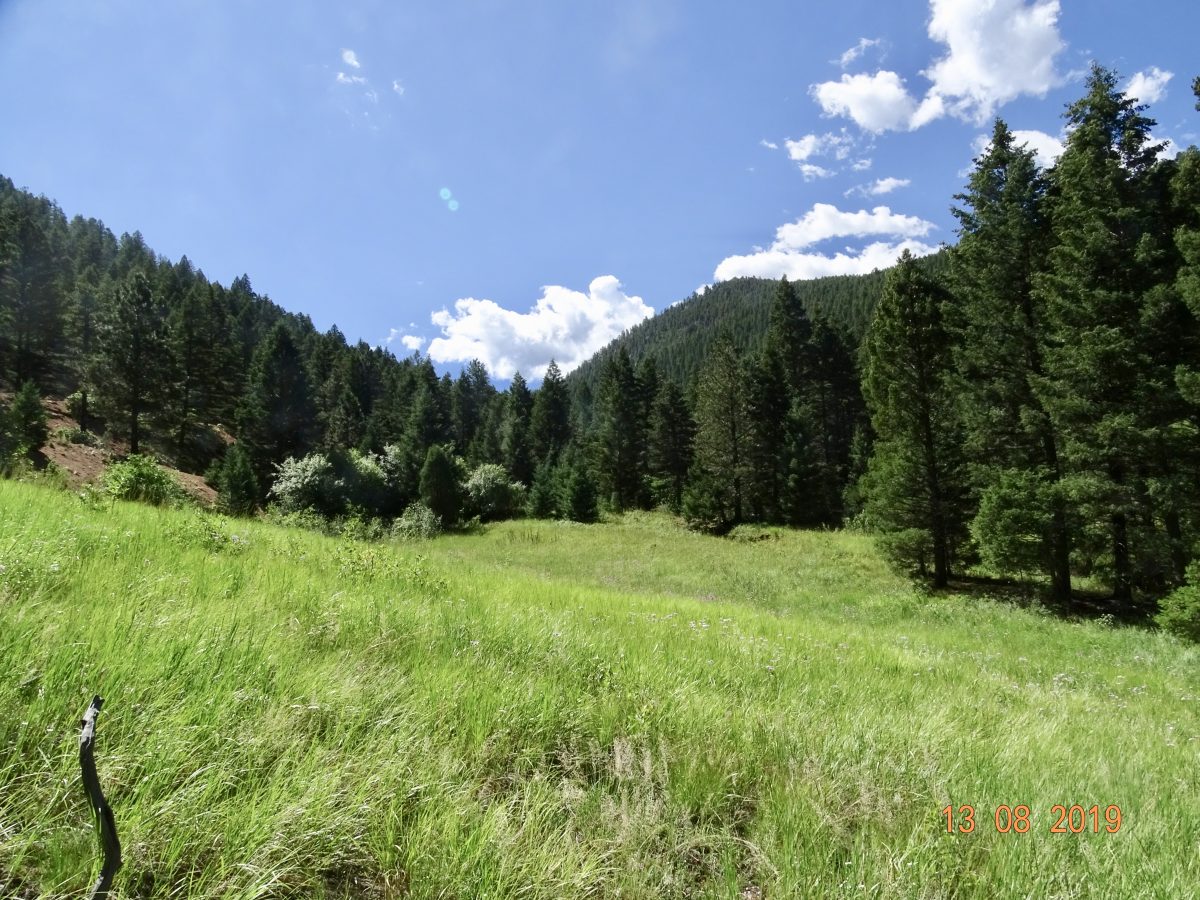Here is a one-night collection of moths from Rock Creek, taken with a small blacklight trap late in June, 2008.

It includes about 120 species. By contrast…
For those of you who were there, and curious, and for others who may find this of interest, my little moth trap in Rock Creek on the night of 12 August captured a measly 50 species and 169 individuals. This is a very poor night by any measure. But it all adds up. When I combine several nights (all better than this one) I find a current total of 260 species and 2494 individuals. This produces a Fisher’s Alpha score of 73, which can be used to further estimate the moth biodiversity of this site. Because each doubling of the sample size would theoretically increase the species numbers by (0.693)(alpha), doubling the sample size 50 times, which would mean an exhaustive study, estimates about 2789 species.
A similar study done at the Catamount Field Station south of Woodland Park produces a Fisher’s Alpha score of about 56. Doubling this sample 50 times produces an estimate of about 2227 species of moths. This is close to theoretical, as species diversity diminishes with altitude. Rock Creek is at about 6000 feet, while Catamount Field Station is close to 9000 feet.

Let’s do a moth night in June next year!
LikeLike